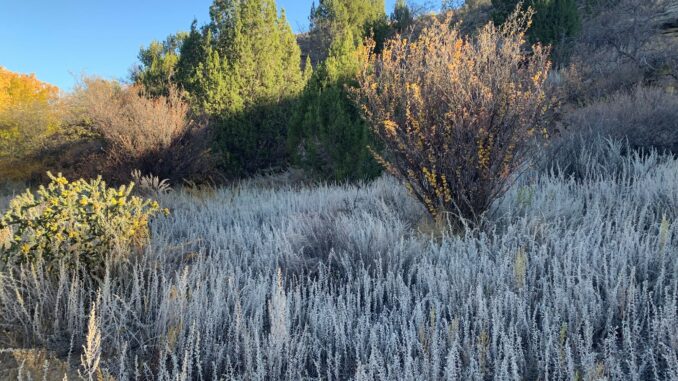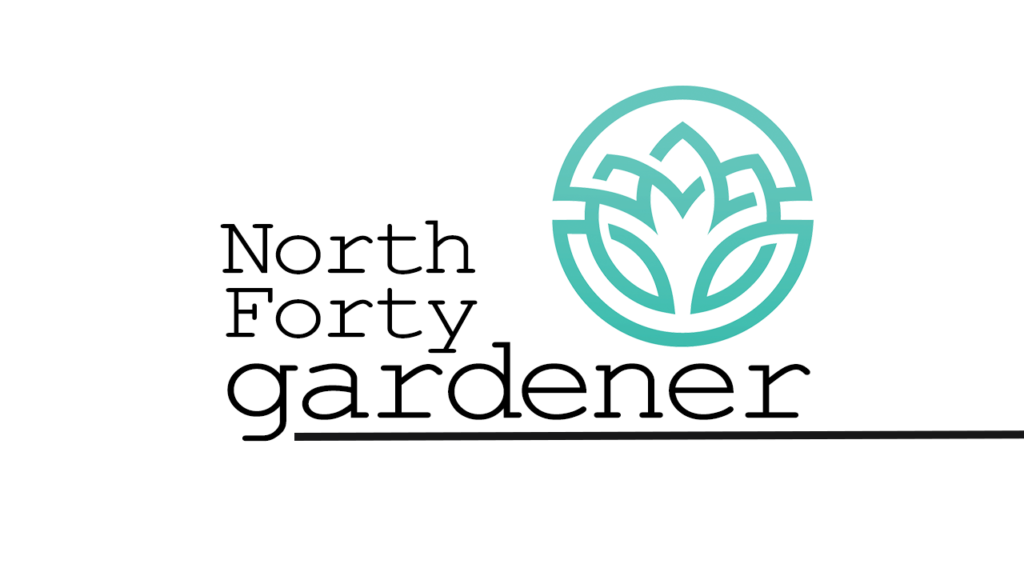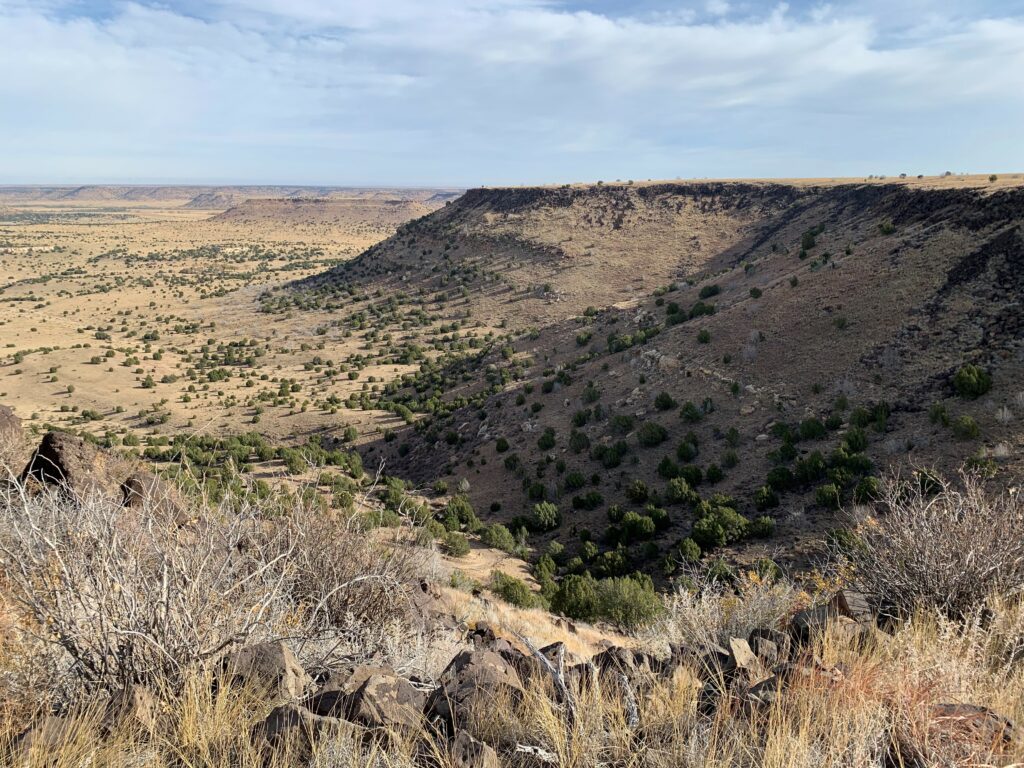

by Bryan Fischer, Curator and Horticulturist, Gardens on Spring Creek
Increasingly, gardeners in Northern Colorado are faced with a dilemma: unpredictable weather significantly limits our plant palette, particularly due to drought and cold events. While climate change will increase the average temperature in our region, it won’t alleviate these abrupt swings in temperature. Under a current high-emission scenario, the Front Range is predicted to end up with a climate analogous to that of the Oklahoma Panhandle by 2080.
So, if we are likely to end up in a grow zone warmer and with average temperatures seven degrees above our current norm, how do we plan(t) for such a future? After all, the woody plant choices we make this year could remain for 80 years to come, but only if well-suited to their environments!
Perhaps the simplest way to get a baseline for such a future would be to examine what currently grows well in the Oklahoma panhandle. On a trip to the area last year, I observed some plants I expected to see, like Celtis spp.(hackberries) and Gleditsia triacanthos (honey locust). To my surprise, Ulmus americana (American elm) individuals were adaptable and tough, too, succeeding in many towns in the area. Prosopis glandulosa (honey mesquite), a new plant to me, was present in both tree and shrub forms. A tough and attractive plant in the bean family bearing fine-textured foliage, the Panhandle represents the northern extent of its range. While currently not hardy enough to survive long-term in Fort Collins, it may be on the menu in the coming years. Selecting individuals from the northern edge of the honey mesquite range (with maximum cold tolerance for the species) could help to bring the species to our market sooner. Such work will be essential in our future of unknowns and possibilities!

A variety of oak (Quercus) species were unfazed by the harshness of the Panhandle; notably, a variety of shrubby oaks, including Q. gambellii (Gambel’s), Q. grisea (gray), Q. havardii (Havard’s), Q. x undulata (wavyleaf). A number of tree-form oaks thrived, as well, including Q. macrocarpa (bur), Q. stellata (post oak) and Q. marilandica (blackjack oak). The latter two are rarely seen growing on the Front Range – so far!
Many woody plants we routinely choose for landscapes here on the Front Range – especially native plants – like Rhus aromatica (three-leaf sumac), Artemisia spp. (various sagebrushes) and Juniperus spp. (including J. virginiana, Eastern red cedar), excel in both locales, indicating they will likely remain reliable choices for our landscapes. With any luck, a few exceptionally garden-worthy plants native to our south, like Chilopsis linearis (desert willow), will become more appropriate for our area, too. Already marginally hardy in Northern Colorado, they have naturalized on roadsides adjacent to the Oklahoma Panhandle, demonstrating impressive cold tolerance to accompany the dashing good looks they serve all season long.
So, while coming years will force a change in our plant palette, it’s reasonable to hope that the change won’t be all bad. After all, change in this world seems to be the only constant!
Support Northern Colorado Journalism
Show your support for North Forty News by helping us produce more content. It's a kind and simple gesture that will help us continue to bring more content to you.
BONUS - Donors get a link in their receipt to sign up for our once-per-week instant text messaging alert. Get your e-copy of North Forty News the moment it is released!
Click to Donate